
Vladimir Ilyich Lenin developed and extended Marx theory to a practical level with the Soviet Union. Lenin argued European imperialism was the final state of capitalism.
Below is an excerpt from a biography of Vladimir Ilyich Lenin included with our books.
| Title | Published |
|---|---|
| Imperialism, the Highest Stage of Capitalism | 1917 |
| What is to be Done? | 1902 |
The birth date of Lenin’s birth was recorded on April 10, 1870 in Simbirsk, Russia.
Lenin’s father, Ilya Nikolayevich Ulyanov, was a teacher and he insisted that Lenin should devote his life to study and to excel at school. Lenin studied at the Simbirsk Classical Gimnazia, a strictly disciplinarian and conservative institution. Lenin left the school with a gold medal for his exceptional performance and decided that he wanted to study law at Kazan University.
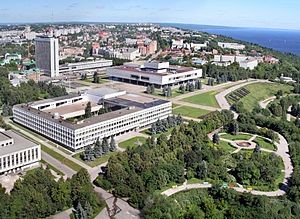

Entering the Judicial Faculty of Kazan University in August 1887, Lenin joined the secret revolutionary circle. Lenin discovered Karl Marx’s Capital (1867) at the university that exerted a strong influence on him and he became increasingly interested in Marxism.
In September 1889, Lenin translated Karl Marx and Friedrich Engels’ The Communist Manifesto (1848) into Russian.
In May 1890, the university allowed Lenin to undertake his graduate exams externally at a university of his choice. Lenin picked the University of Saint Petersburg, obtaining the equivalent of a first class degree with honors.
In autumn 1893, Lenin moved to St. Petersburg, taking up residence in a Sergievsky Street flat in the Liteiny district, before moving to 7 Kazachy Alley, near the Haymarket. Employed as assistant to a lawyer, he joined a revolutionary cell run primarily by the students from the city’s Technological Institute.
In 1895, Lenin was sentenced without trial to 3 years exile in eastern Siberia due to involvement of distributing Marxist literature to the workers, and the production of a news sheet, The Workers’ Cause. He was exiled to Shushenskoye in the Minusinsky District.
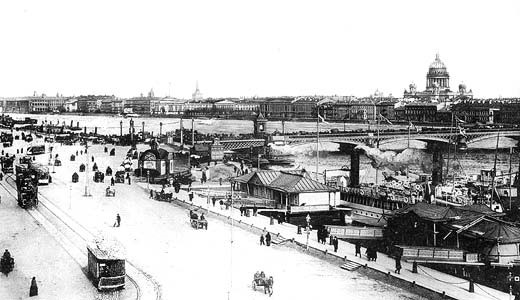
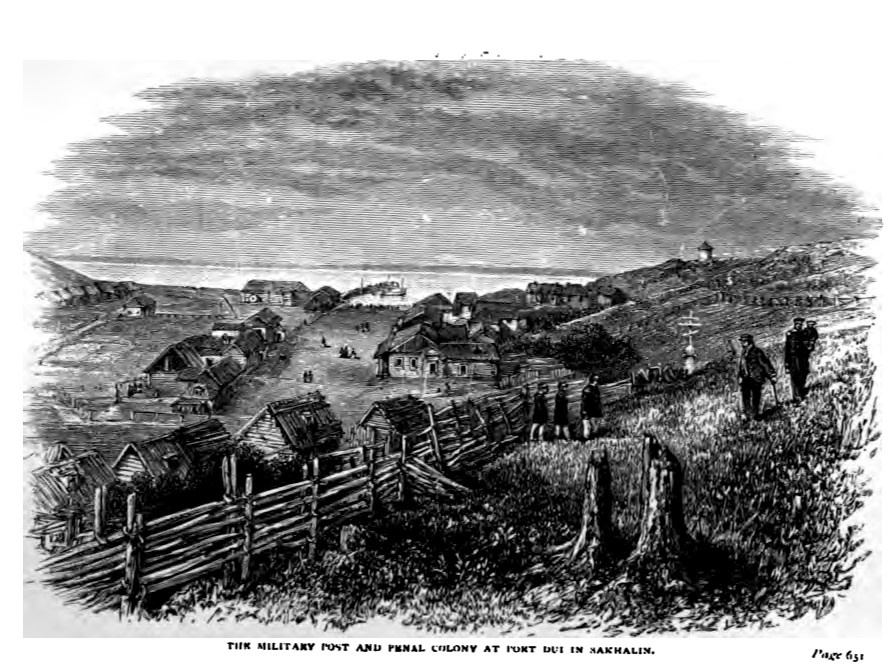
Lenin and Nadya married in a church on 10 July 1898. The couple translated Sidney and Beatrice Webb’s The History of Trade Unionism (1894) into Russian. Lenin remained devoted to violent revolution, attacking revisionist arguments in A Protest by Russian Social Democrats.
After Lenin’s exile was over in February 1900, he was banned from St. Petersburg and was instead of settling in Pskov, a small town two hours’ train ride from the capital. After visiting his wife, on 29 July 1900, Vladimir left Russia for Western Europe looking for revolution support.
In 1902, Lenin published a political pamphlet entitled “What Is to Be Done?”. This book was his most influential publication to date and it dealt with Lenin’s thoughts on the need for a vanguard party to lead the working class to revolution.
Until the February and October revolutions of 1917, he lived in Western Europe, where, despite relative poverty, he developed Leninism—urban Marxism adapted to agrarian Russia reversing Karl Marx’s economics–politics prescription to allow for a dynamic revolution led by a vanguard party of professional revolutionaries.
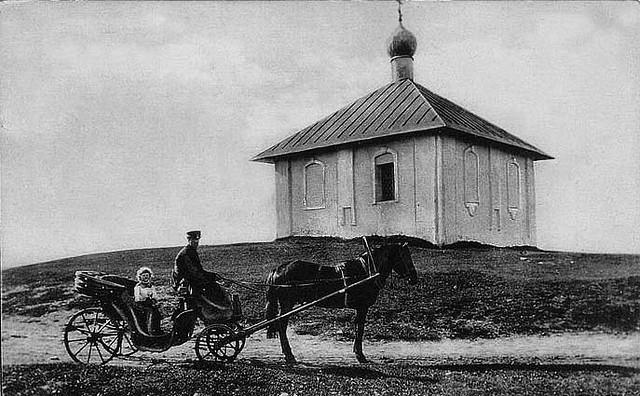
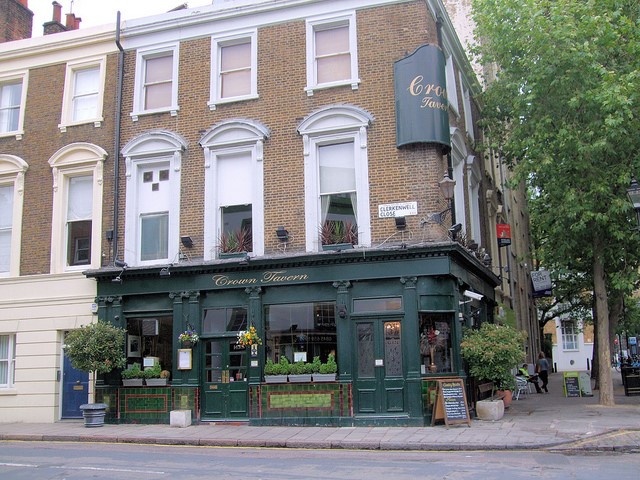
In 1909, to disambiguate philosophic doubts about the proper practical course of a socialist revolution, Lenin published Materialism and Empirio Criticism (1909), which became a philosophic foundation of Marxism Leninism.
In the spring of 1916, Lenin wrote Imperialism, the Highest Stage of Capitalism (1916) in Zürich. This thesis pointed out that the merging of banks and industrial cartels gave rise to finance capital, the basis of imperialism and the zenith of capitalism. In pursuing greater profits than the home market can offer, business exports capital, which, in turn, leads to the division of the world, among international, monopolist firms, and to European states colonizing large parts of the world, in support of their businesses. Imperialism, thus, is an advanced stage of capitalism based upon the establishment of monopolies, and upon the exportation of capital (rather than goods), managed with a global financial system, of which colonialism is one feature.
In 1917, Lenin was still in exile in Zurich and was determined to return to Russia due to Nicholas II monarchy replacement by Provisional Government of parliamentary figures and Soviets of revolutionary councils directly elected by workers, soldiers and peasants.
On the train from Switzerland, Lenin had composed his famous April Theses. Lenin argued, the Bolsheviks’ immediate task was to persuade Russia people of the need for Soviet power. Meanwhile, he published State and Revolution (1917) proposing government purely by the soviets elected councils by worker, soldier, and peasant rather than by a parliamentary body.
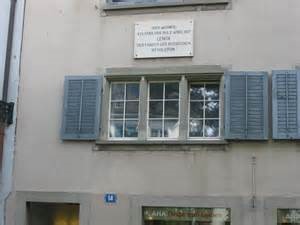

In October 1917, Lenin returned from Finland. From the Smolny Institute for girls, Lenin directed the Provisional Government’s deposition (6–8 November 1917), and the storming (7–8 November) of the Winter Palace to realize the Kerensky capitulation that established Bolshevik government in Russia.
Lenin declared in 1920 that “Communism is Soviet power plus the electrification of the entire country” in modernizing Russia into a 20th century country.
In response to Fanya Kaplan’s failed assassination of Lenin on 30 August 1918, and the successful assassination of the Petrograd Cheka chief Moisei Uritsky, Stalin proposed to Lenin “open and systematic mass terror against those responsible”.
Indirect evidence shows that the order to execute the royal family was given verbally by Lenin and Sverdlov. During the Russian Civil War, anti Bolsheviks faced torture and summary execution, and by May 1919, there were some 16,000 enemies of the people imprisoned in the Tsarist katorga labour camps; by September 1921 the prisoner populace exceeded 70,000.
Lenin was notable for working almost fourteen to sixteen hours a day fully with minor, major, and routine matters.
Upon returning to St. Petersburg in May 1922, Lenin suffered the first of three strokes. In December 1922, he suffered the second stroke that partly paralyzed his right side. In March 1923, he suffered the third stroke that rendered him mute and bed ridden until his death.
Lenin died at 6:50 PM, Moscow time, on 21 January 1924, aged 53, at Gorki settlement. In the four days that Lenin was laid in state, more than 900,000 mourners viewed his body in the Hall of Columns.
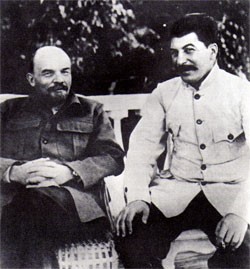


Among the statesmen who expressed condolences to the Soviet Union was Chinese premier Sun Yat Sen, who said:
“Through the ages of world history, thousands of leaders and scholars appeared who spoke eloquent words, but these remained words. You, Lenin, were an exception. You not only spoke and taught us, but translated your words into deeds. You created a new country. You showed us the road of joint struggle… You, great man that you are, will live on in the memories of the oppressed people through the centuries.”
Winston Churchill, who encouraged British intervention against the Russian Revolution, in league with the White Movement, to destroy the Bolsheviks and Bolshevism, said:
“He alone could have found the way back to the causeway… The Russian people were left floundering in the bog. Their worst misfortune was his birth… their next worst his death.”